Artificial Intelligence (AI) is everywhere today. Some people think AI will take all our jobs. Others believe only big tech companies can use AI. Many thinks AI can think and feel like humans or that it’s always unbiased. But are these ideas true?
It’s important to debunk AI myths to understand what AI can really do. In this article, we’ll explore 15 common AI misconceptions and reveal the facts. We’ll look at job fears, the idea of superintelligent machines, and more. Whether you’re worried about AI’s impact on jobs or just curious, this guide will help clear things up. Let’s dive into the world of AI and find out what’s real and what’s not.
Top 15 AI Myths Debunked (One line)
- AI Will Take Over All Jobs: AI will change jobs, not eliminate them entirely.
- AI is Only for Tech Giants: AI tools are accessible to businesses of all sizes.
- AI Can Think and Feel Like Humans: AI lacks human-like thoughts and emotions.
- AI is 100% Objective and Unbiased: AI can reflect biases present in its data.
- AI Will Lead to Superintelligent Machines That Control Humanity: AI is not close to becoming superintelligent or controlling.
- AI Can Operate Independently Without Human Intervention: AI needs human oversight to function correctly.
- AI is Too Complex for the Average Person to Understand: AI can be understood with simple explanations and resources.
- AI is a Recent Phenomenon: AI has been developing for decades, not just recently.
- AI Can Predict the Future: AI can make educated guesses but cannot predict specific future events.
- AI Will Make Human Creativity Obsolete: AI supports, but does not replace, human creativity.
- AI Understands Context Like Humans Do: AI struggles with understanding context and nuances.
- AI is Infallible: AI can make mistakes and is not perfect.
- AI Will Lead to Mass Surveillance and Loss of Privacy: AI use in surveillance is regulated to protect privacy.
- AI Can Fully Replace Human Interaction: AI cannot replace genuine human connections and emotional support.
- AI is a Threat to Humanity’s Future: AI is a tool that needs careful management, not an inherent threat.
Myth 1: AI Will Take Over All Jobs

Many people worry that AI will take over all jobs. They fear robots and machines will replace human workers. But this is not entirely true.
Debunking the Myth: AI will change some jobs, but it will also create new ones. AI can handle repetitive tasks, allowing people to focus on more creative and complex work. For example, in manufacturing, robots do the heavy lifting, but humans still manage and maintain them.
Real-World Examples: In healthcare, AI helps doctors by analyzing medical data quickly. But doctors are still needed to diagnose and treat patients. In marketing, AI tools analyze customer behavior, but marketing experts use this data to create effective campaigns.
AI is not here to replace us. It’s here to help us work smarter and do our jobs better. By understanding this, we can prepare for a future where humans and AI work together.
Myth 2: AI is Only for Tech Giants
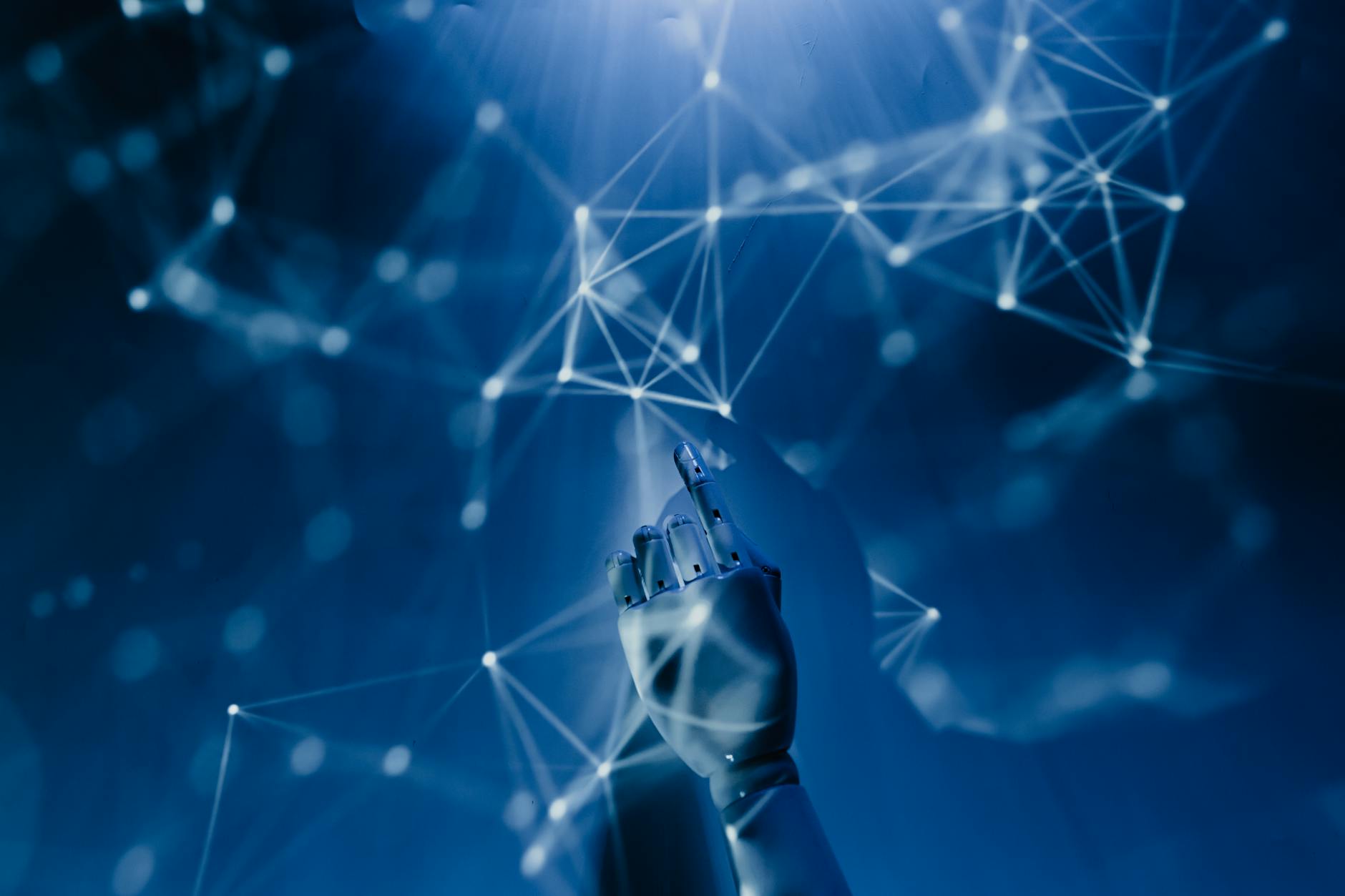
Some think only big tech companies can use AI. They believe AI is too expensive and complex for small businesses. This is not true.
Debunking the Myth: AI tools are becoming more affordable and accessible. Many AI applications are designed for small and medium-sized businesses. These tools can help with tasks like customer service, marketing, and data analysis.
Real-World Examples: Small retailers use AI chatbots to improve customer service. Local restaurants use AI to manage online orders and deliveries. Even startups use AI to analyze market trends and make data-driven decisions.
AI is not just for tech giants. Small businesses can also benefit from AI to grow and compete in the market.
Read more : Is artificial intelligence making big tech too big?
Myth 3: AI Can Think and Feel Like Humans
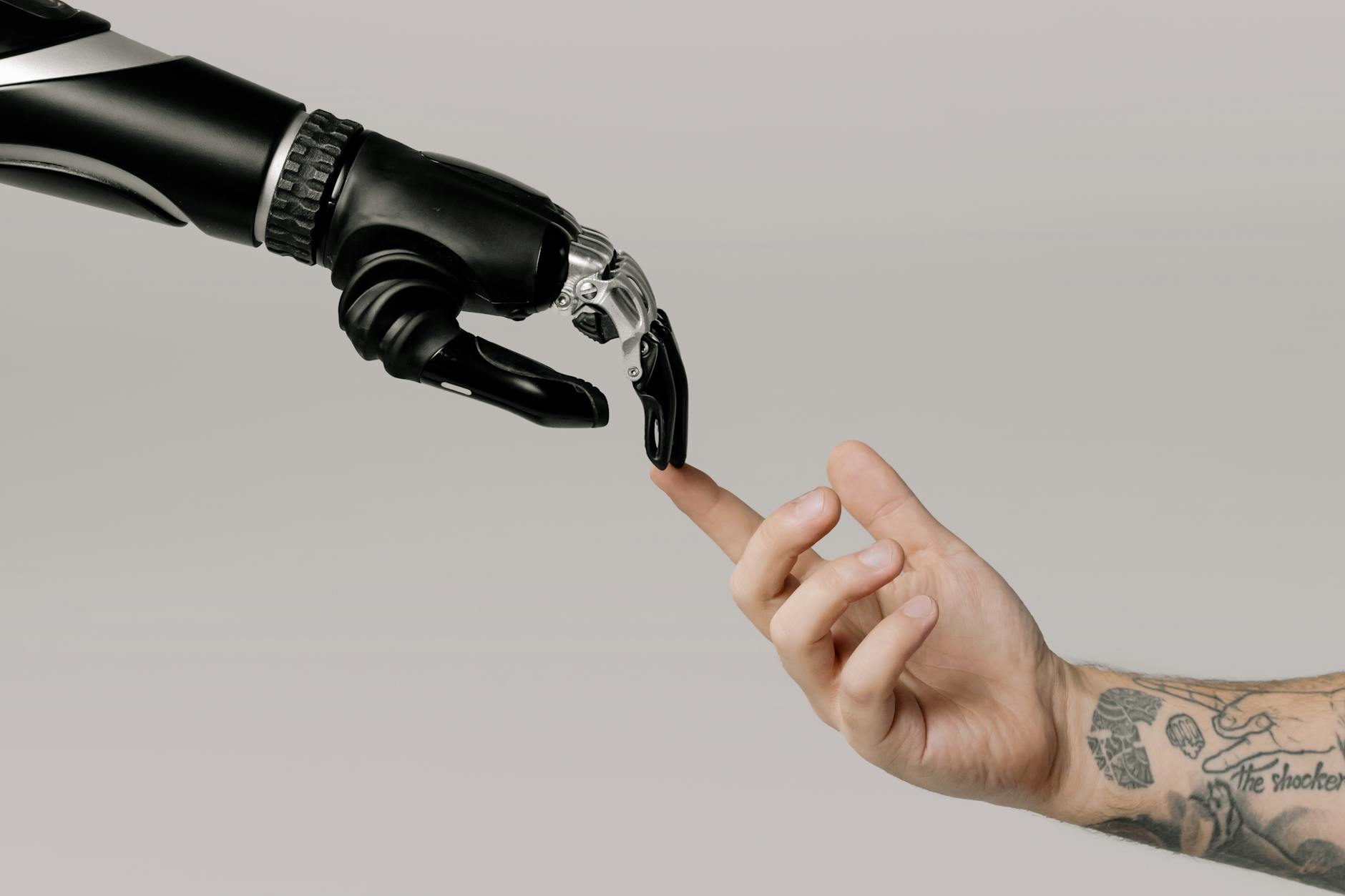
Some people believe AI can think and feel just like humans. They think AI systems have emotions and consciousness. But this is not the case.
Debunking the Myth: AI operates based on data and algorithms, not emotions. It follows rules and patterns to perform tasks but does not have feelings or self-awareness.
Real-World Examples: AI can simulate conversation, but it does not truly understand or feel. For instance, voice assistants like Siri can answer questions but cannot experience emotions. AI systems process data and respond based on programmed instructions, not human-like thought.
AI is powerful but not conscious or emotional. It helps with tasks but does not experience feelings like people do.
Read More: Top 15 Skills of the Future: Essential Competencies for Tomorrow’s Job Market
Myth 4: AI is 100% Objective and Unbiased
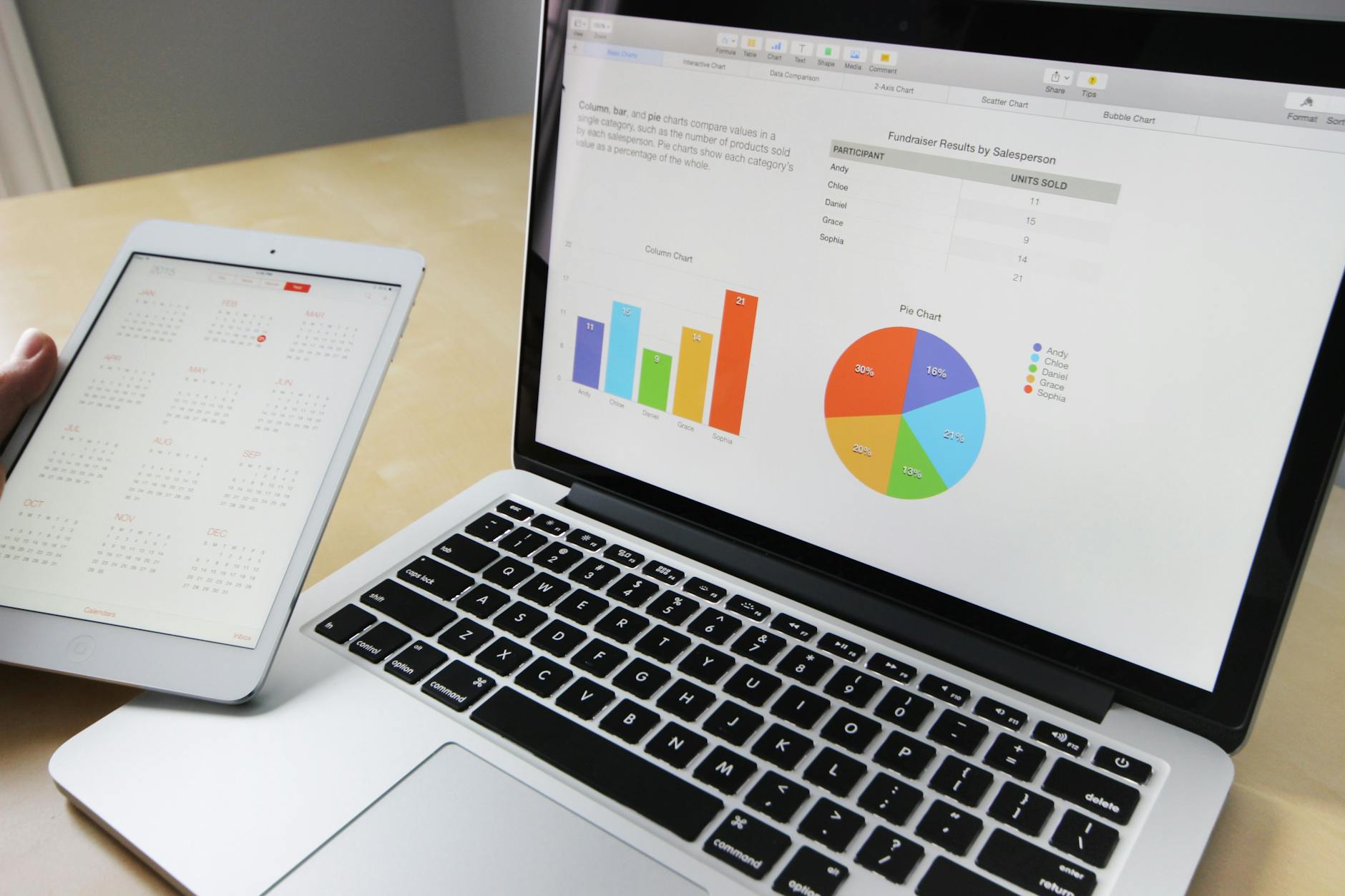
Many believe AI is completely unbiased and objective. They think because it’s a machine, it can make decisions without prejudice. However, this is a misconception.
Debunking the Myth: AI can reflect biases present in the data it’s trained on. If the data is biased, the AI’s decisions may also be biased.
Real-World Examples: In hiring, if an AI is trained on data that favors certain demographics, it may unfairly favor those groups. Similarly, some AI systems have shown bias in law enforcement and lending practices.
AI is not inherently unbiased. It’s important to ensure that the data and algorithms are checked for fairness and accuracy to reduce bias.
Read more : AI Bias – What Is It and How to Avoid It?
Myth 5: AI Will Lead to Superintelligent Machines That Control Humanity
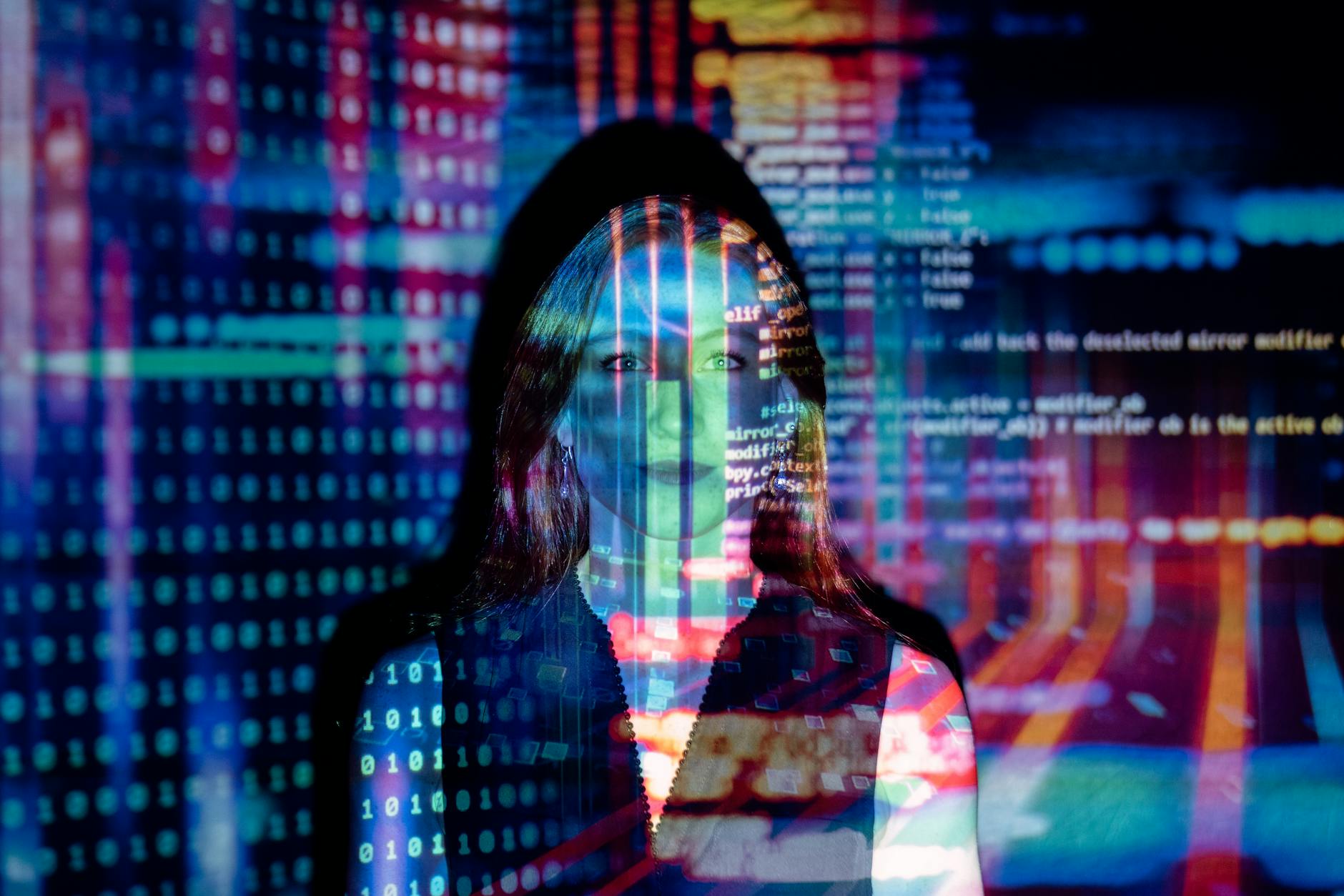
Some people worry that AI will become so smart it will control us. They fear that machines will become more intelligent than humans. But this worry is mostly false.
Debunking the Myth: Right now, AI is not close to being superintelligent. AI can handle specific tasks but doesn’t have general intelligence or awareness. Researchers are careful to make sure AI stays safe and helpful.
Real-World Examples: AI today is good at things like playing games or sorting data. It does not control anything on its own or think like a human. Experts are working on rules to keep AI safe and prevent any risks.
AI is a tool, not a threat. It helps with tasks but does not have the power to control or harm humanity.
Myth 6: AI Can Operate Independently Without Human Intervention
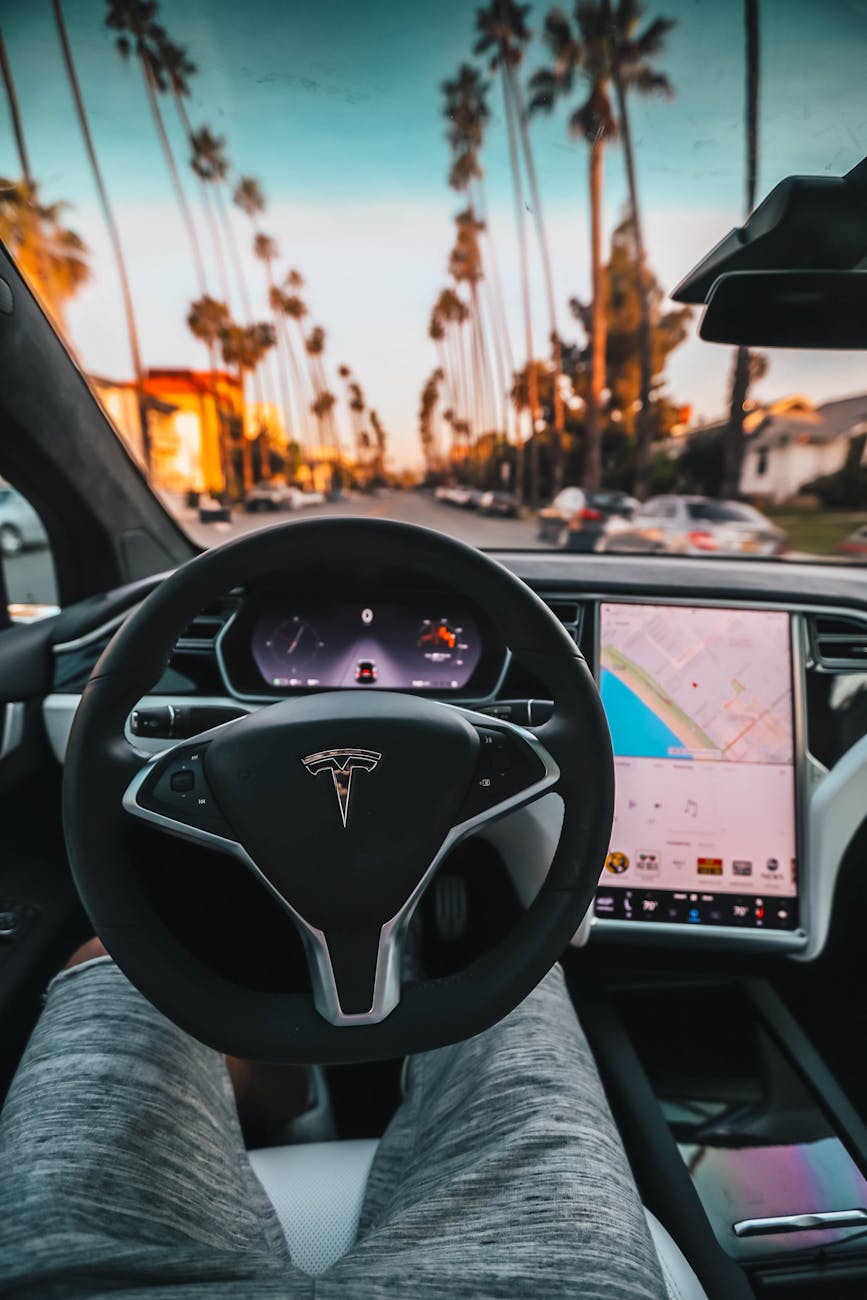
Some people think AI can work all by itself without any human help. They believe AI can run perfectly on its own. This isn’t true.
Debunking the Myth: AI often needs people to help it work well. Humans set up AI, watch over it, and make changes if needed.
Real-World Examples: For example, self-driving cars use AI to drive but still need human drivers to take over in tricky situations. Customer service chatbots use AI to answer questions but need humans to handle more complex problems.
AI is useful but needs human support to function properly. It’s not fully independent and requires people to guide and manage it.
Read More: Top 15 Amazing Facts About Famous Scientists
Myth 7: AI is Too Complex for the Average Person to Understand
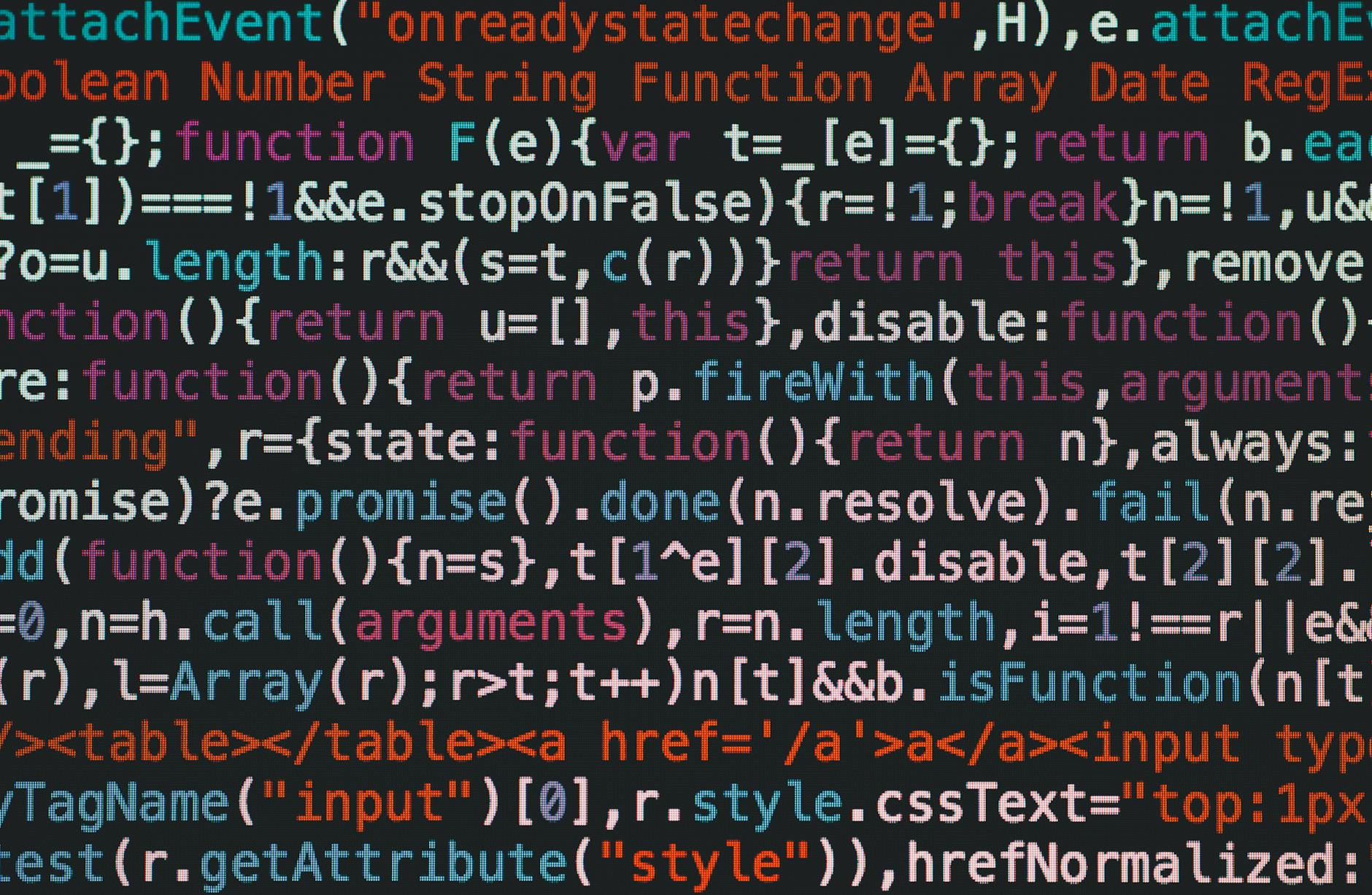
Some people think AI is too complicated for most people to understand. They believe only experts can grasp how AI works. This is not entirely true.
Debunking the Myth: AI can be explained in simple terms. Many tools and resources make learning about AI easier for everyone.
Real-World Examples: There are online courses and videos that teach the basics of AI. Simple AI tools, like chatbots, are user-friendly and don’t require special knowledge to use.
AI is not as complex as it seems. With the right resources, anyone can learn the basics and understand how AI works.
Myth 8: AI is a Recent Phenomenon
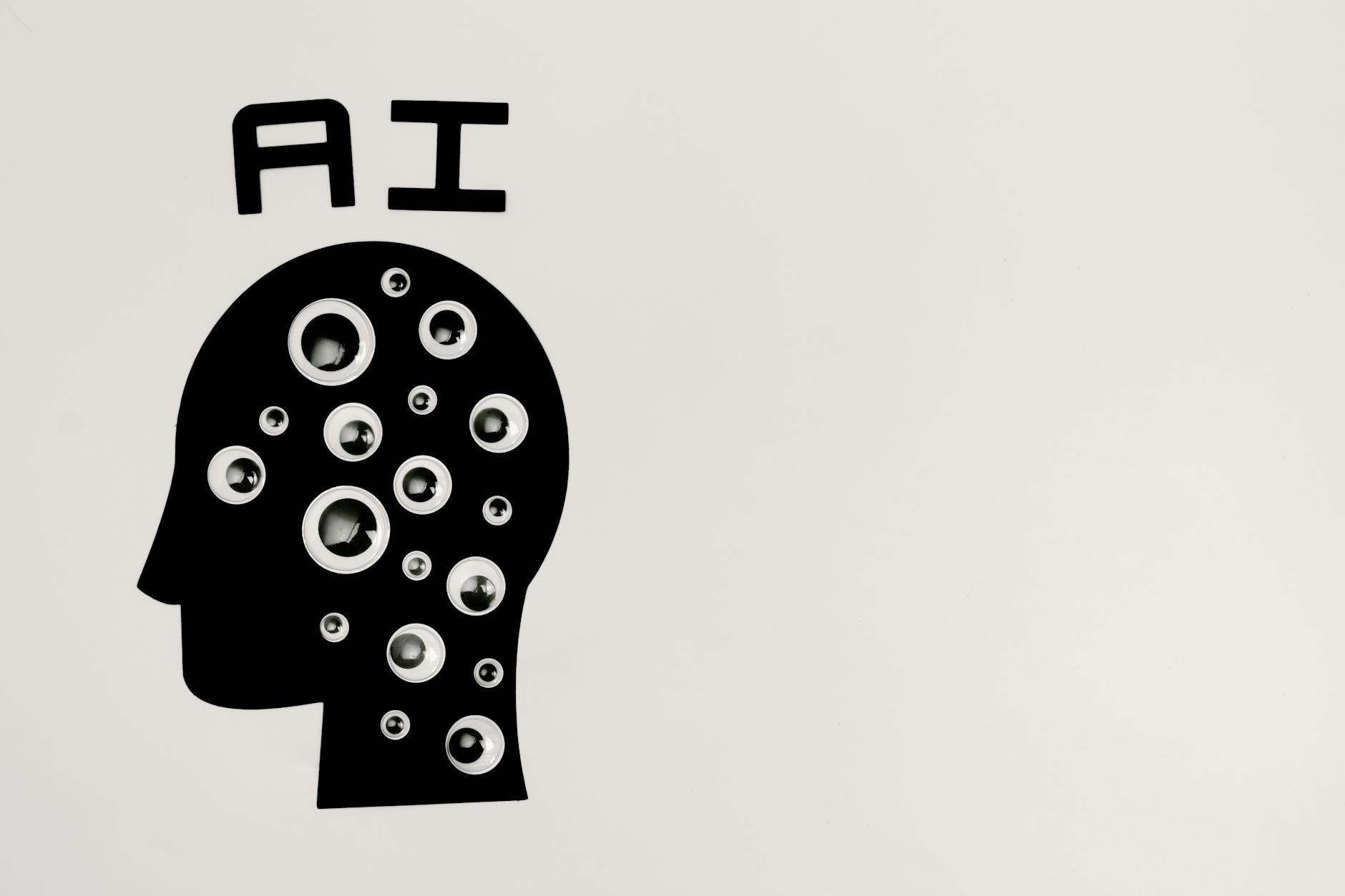
Some believe AI is a new technology that just appeared recently. They think it was invented only in the last few years. This is not true.
Debunking the Myth: AI has been around for many decades. Its development started in the 1950s with early computer programs and theories.
Real-World Examples: The first AI programs were created in the 1950s and 60s. Over the years, AI technology has evolved, with major breakthroughs happening in recent decades.
AI is not new. It has a long history and has been developing for many years. Understanding its past helps us appreciate how it has become what it is today.
Read more: History of artificial intelligence
Myth 9: AI Can Predict the Future
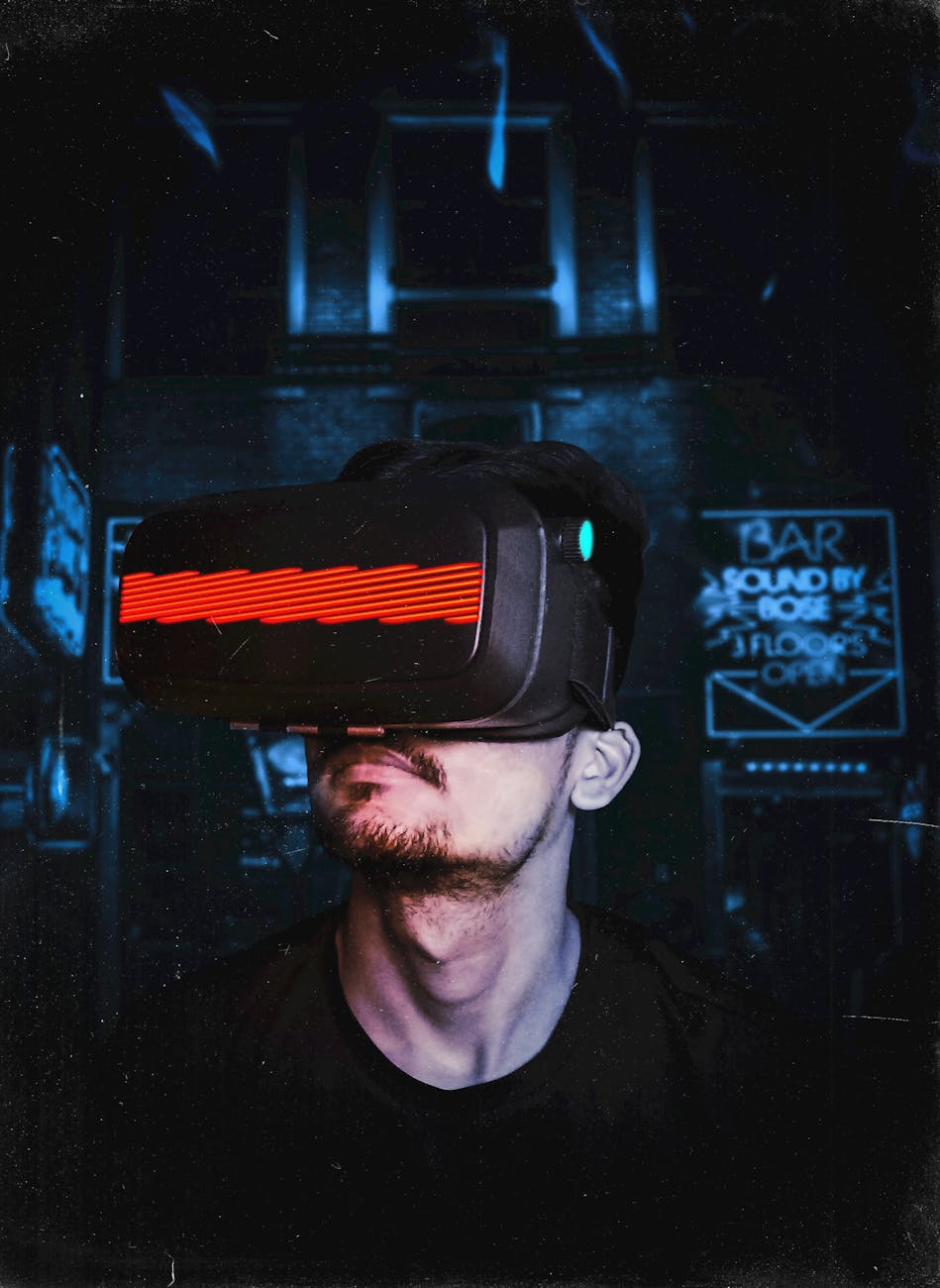
Some people think AI can see into the future. They believe AI can predict events with high accuracy. This is not true.
Debunking the Myth: AI can look at data and find patterns, but it cannot predict exact future events. It uses past information to make educated guesses, not certain forecasts.
Real-World Examples: AI can estimate weather trends based on past data but cannot provide exact future weather. Similarly, AI can suggest which movies you might like, but it cannot predict your exact preferences.
AI can make educated guesses based on data, but it cannot predict the future with certainty. Its predictions are based on past trends, not precise forecasts.
Read More: Discover the Latest Tech Innovations | Stay Ahead of the Curve
Myth 10: AI Will Make Human Creativity Obsolete

Some believe AI will replace human creativity. They worry that machines will take over artistic and creative jobs. This is not the case.
Debunking the Myth: AI can help with creative tasks but does not replace human creativity. AI tools can assist in generating ideas but cannot match the depth of human imagination and originality.
Real-World Examples: AI can help artists by suggesting color palettes or generating music. However, the unique touch and personal expression of human artists remain unmatched by machines.
AI supports creativity but does not replace it. Human creativity is unique and cannot be fully duplicated by machines.
Read more: The Future of Artificial Intelligence: Expectations Versus Reality
Myth 11: AI Understands Context Like Humans Do

Some people think AI can understand context the way humans do. They believe AI can grasp the full meaning behind words and situations. This is not true.
Debunking the Myth: AI struggles with understanding context. It follows rules and patterns but lacks true comprehension of nuances and subtleties.
Real-World Examples: AI might misinterpret sarcasm or cultural references in text. For instance, an AI might not get that a joke is meant to be funny or that a word has different meanings in different contexts.
AI does not understand context like humans. It processes information based on patterns, not on deeper understanding or awareness.
Myth 12: AI is Infallible
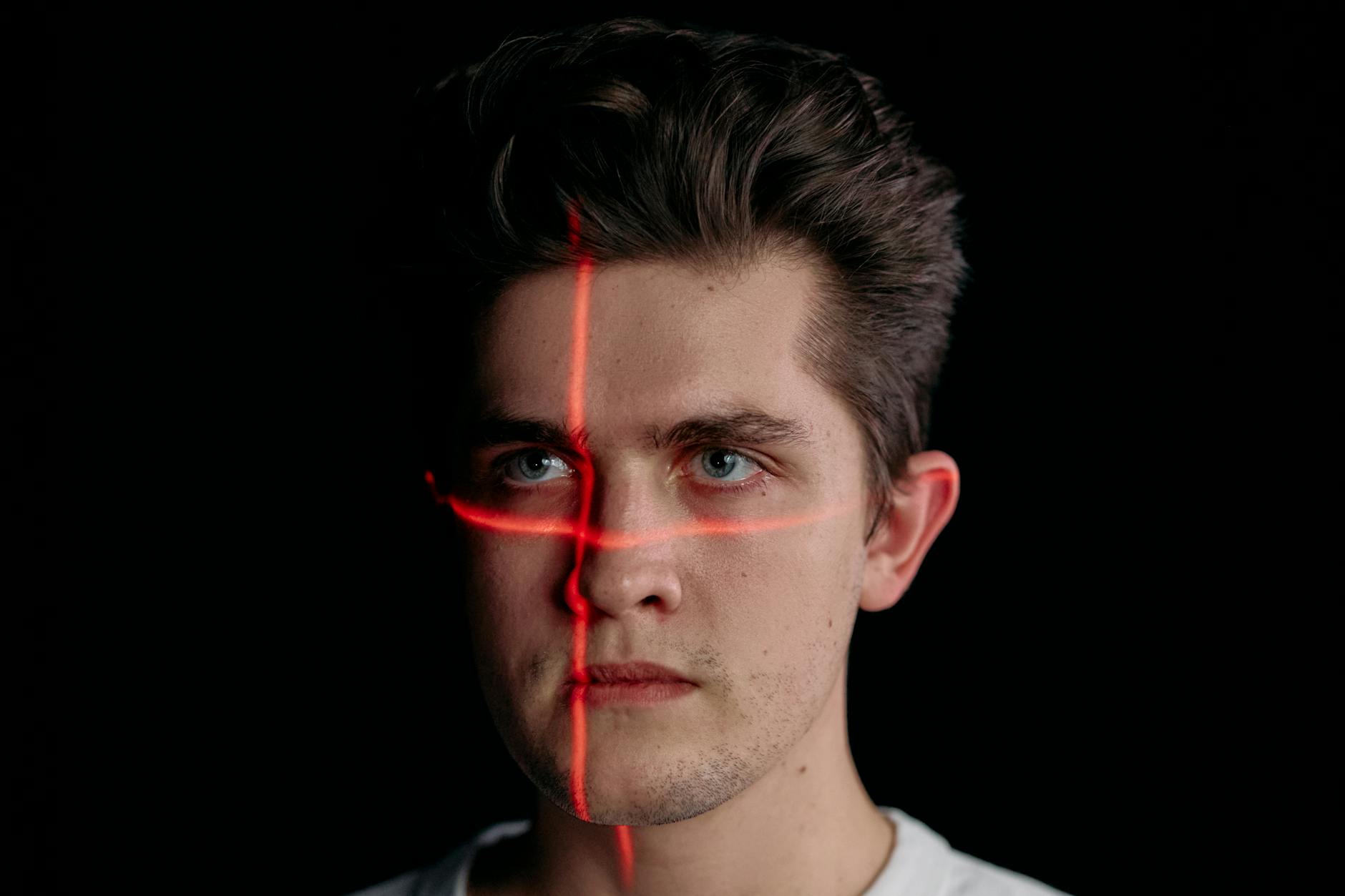
Some people think AI is always correct and never makes mistakes. They believe AI systems are perfect and error-free. This is not true.
Debunking the Myth: AI can and does make mistakes. It depends on the quality of data and algorithms, which can sometimes lead to errors.
Real-World Examples: AI systems have made mistakes in areas like facial recognition and self-driving cars. For example, AI might misidentify a person in a photo or misjudge a driving situation.
AI is not flawless. It can make errors, and it’s important to check and improve its performance regularly.
Myth 13: AI Will Lead to Mass Surveillance and Loss of Privacy
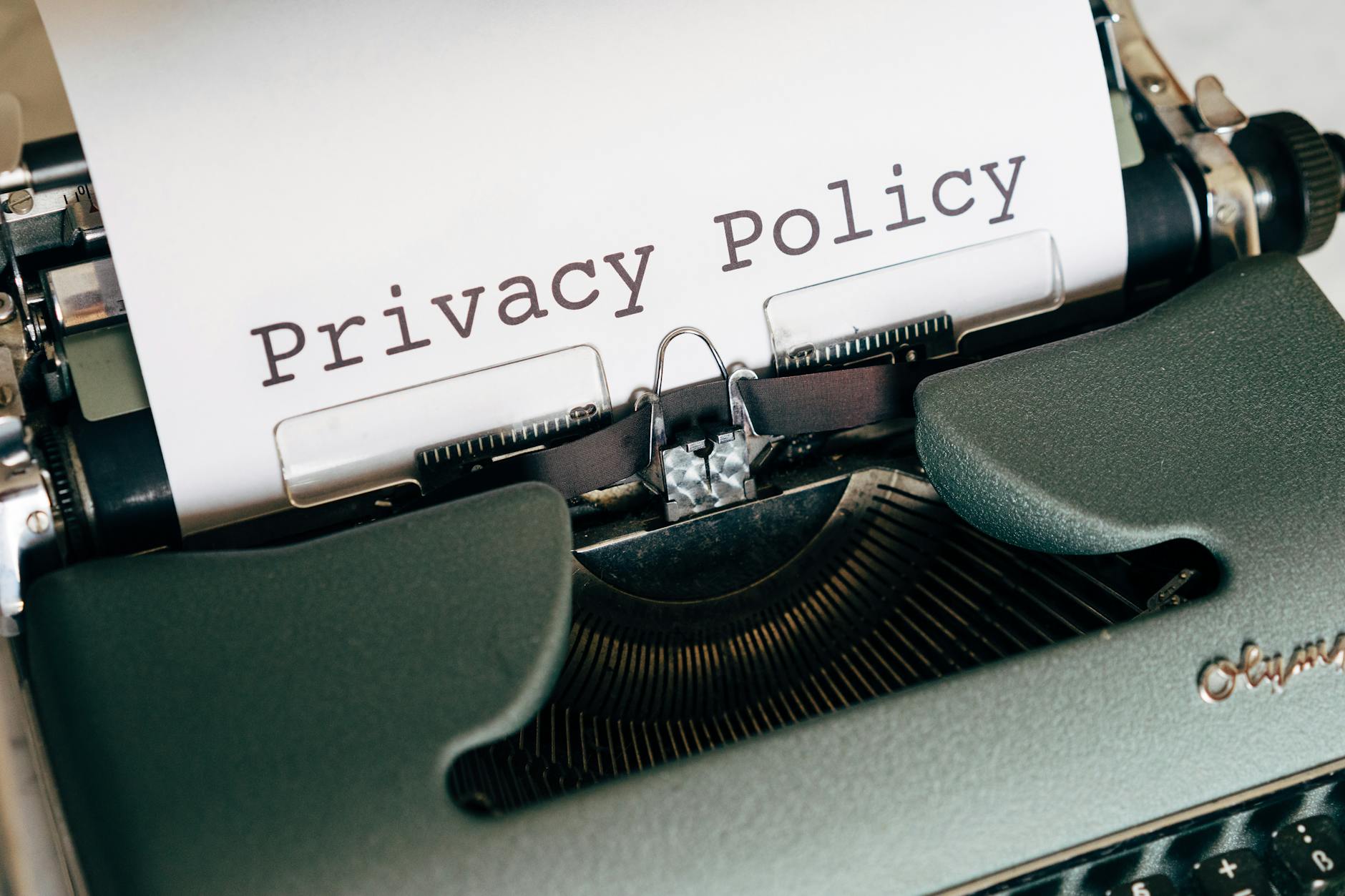
Some worry that AI will lead to widespread surveillance and loss of privacy. They fear that AI will invade personal lives and collect data without consent. This concern has some truth but is not the whole story.
Debunking the Myth: While AI can be used for surveillance, there are rules and regulations to protect privacy. Many countries have laws to limit how data is collected and used.
Real-World Examples: AI is used in security cameras and online services, but regulations like the General Data Protection Regulation (GDPR) in Europe help ensure data is handled responsibly. Companies are required to get consent before collecting personal information.
AI can be used responsibly to protect privacy. Regulations and ethical guidelines help ensure it is used in ways that respect personal freedoms.
Myth 14: AI Can Fully Replace Human Interaction
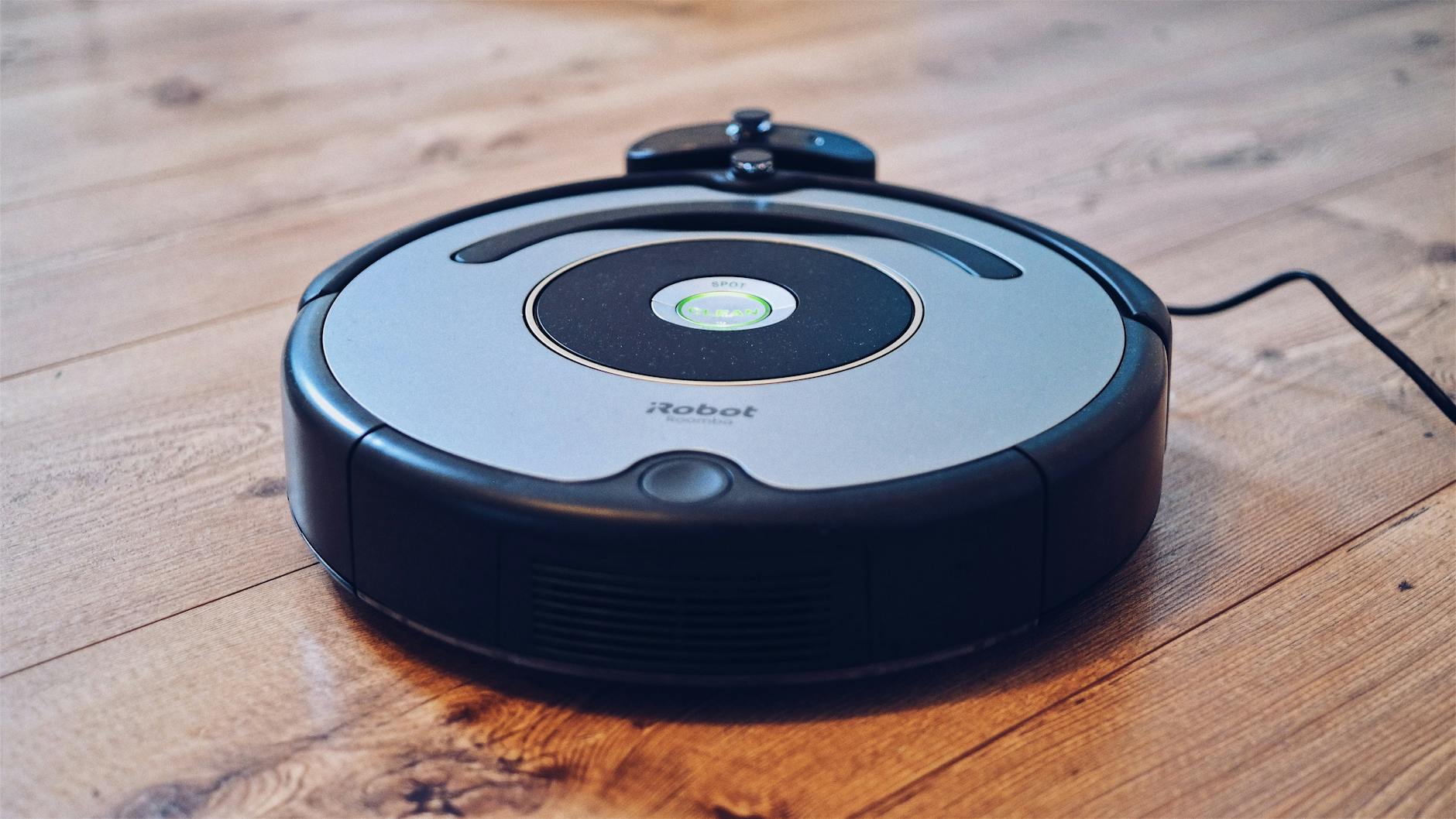
Some people believe AI can completely replace human interaction. They think that machines can fulfill all social and emotional needs. This is not true.
Debunking the Myth: AI can assist with communication but cannot replace genuine human interaction. It lacks the emotional depth and personal connection that people provide.
Real-World Examples: AI chatbots can help with customer service, but they cannot offer the warmth and empathy of a human representative. Similarly, while AI can simulate conversation, it cannot truly connect with people on an emotional level.
AI can help in many areas, but it cannot replace the value of human interaction. Real connections and emotional support come from people, not machines.
Read More: Top 15 Mind-Blowing Facts About Your Brain
Myth 15: AI is a Threat to Humanity’s Future
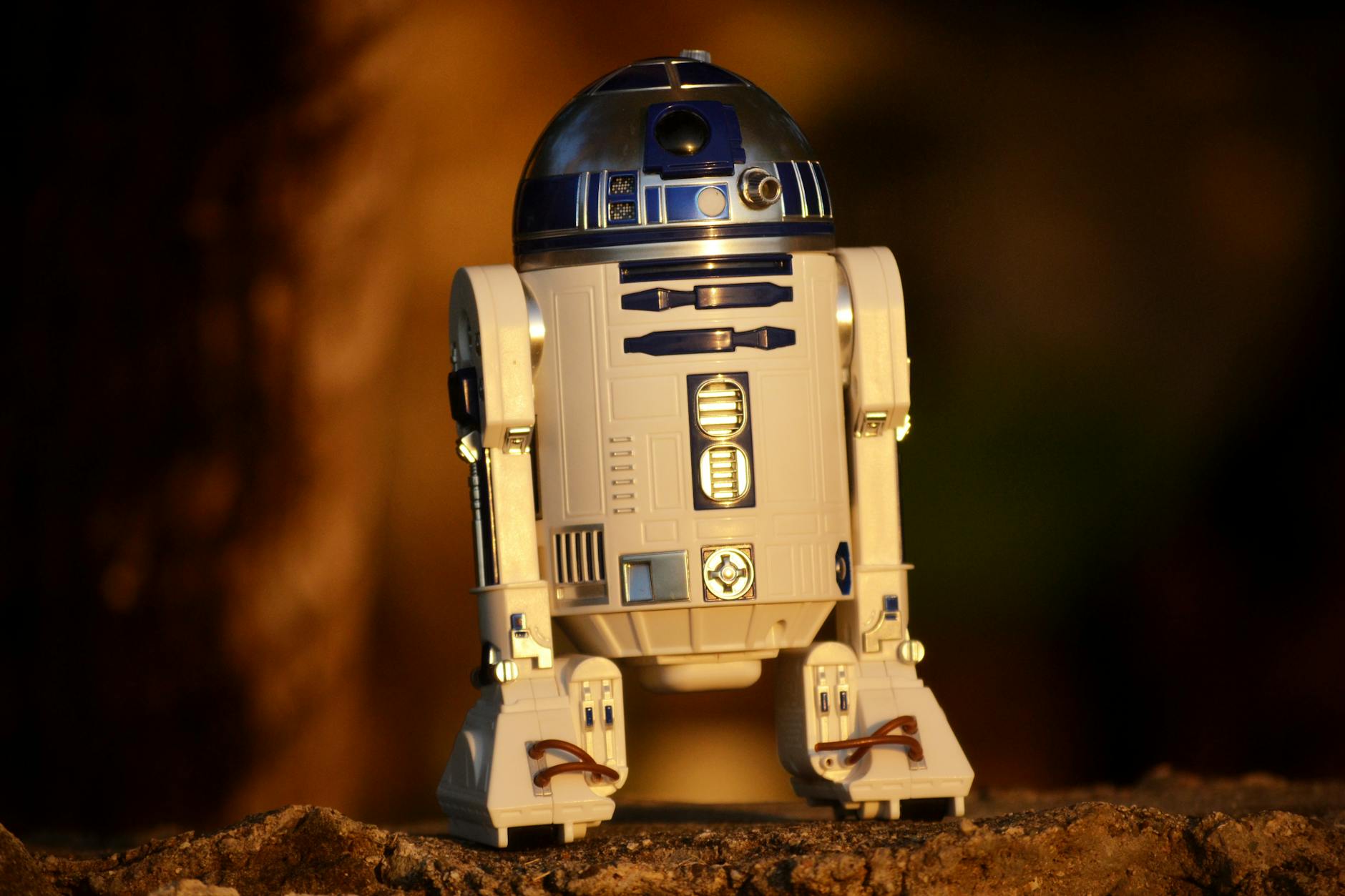
Some believe that AI poses a major threat to humanity. They worry that advanced AI will lead to dangerous outcomes or even endanger human existence. This fear is often exaggerated.
Debunking the Myth: While AI presents challenges, it is not inherently dangerous. Experts are working to ensure AI is developed and used safely. Many safety measures and regulations are in place to prevent harmful outcomes.
Real-World Examples: AI research includes safety protocols and ethical guidelines to prevent misuse. Organizations like OpenAI focus on creating safe AI and ensuring it benefits humanity.
AI has risks, but it also offers great benefits. With proper management and safety measures, AI can be developed in ways that support and enhance human life, rather than threaten it.
Final note:
Understanding the reality of AI helps us navigate its potential and limitations. Many fears and misconceptions about AI are rooted in myths rather than facts. By debunking these myths, we see that AI is a tool designed to assist and enhance human capabilities, not replace or control them.
AI is not a threat but a powerful tool that, when managed well, can greatly benefit society. As we continue to integrate AI into our lives, let’s focus on using it responsibly and understanding its true capabilities. By dispelling these myths, we can embrace AI’s potential while ensuring it serves humanity’s best interests.
15 FAQ’s ( Frequently Asked Questions):
-
What types of AI are there?
AI comes in three types: Narrow AI, General AI, and Artificial Superintelligence. Narrow AI does specific tasks, General AI acts like human intelligence, and Artificial Superintelligence is a future idea where AI surpasses human abilities.
-
How is AI used in everyday life?
AI is used in many daily things. For example, voice assistants like Siri and Alexa, recommendation systems on Netflix and Amazon, and smart home gadgets like thermostats.
-
Can AI learn on its own?
Yes, AI can learn by itself. It improves by analyzing data and finding patterns, without needing new instructions for every task.
-
What is machine learning?
Machine learning is a part of AI where computers learn from data. They get better at tasks by practicing with data, not by being programmed for each job.
-
What is deep learning?
Deep learning is a type of machine learning. It uses complex neural networks with many layers to handle tasks like recognizing images and understanding speech.
-
Are AI systems secure?
AI systems can have security issues. They might be vulnerable to data breaches or attacks, so it is important to use strong security measures.
-
What role does data play in AI?
Data is very important for AI. It helps AI learn and make decisions. The better the data, the better the AI’s performance.
-
How is AI regulated?
AI regulations vary by country. They include rules to ensure AI is used ethically and safely, and to protect people’s data.
-
What is an AI algorithm?
An AI algorithm is a set of instructions for AI. It tells the AI how to process data and make decisions.
-
Can AI understand human emotions?
AI can detect emotions in text or speech, but it doesn’t truly understand them. It uses patterns to respond to emotional content.
-
How does AI affect the healthcare industry?
AI helps in healthcare by improving diagnosis, personalizing treatments, analyzing medical data, and aiding in drug discovery.
-
What is natural language processing (NLP)?
NLP is a part of AI that helps computers understand and use human language. It allows machines to read, write, and talk with people.
-
How does AI impact education?
AI benefits education by offering personalized learning, automating tasks, and providing tools to help both teachers and students.
-
What are ethical concerns related to AI?
Ethical issues include bias in AI decisions, privacy concerns, job losses, and the potential misuse of AI technology.
-
What future developments are expected in AI?
Future AI developments may include more advanced general AI, better safety measures, and new uses in areas like self-driving cars, smart cities, and healthcare.




